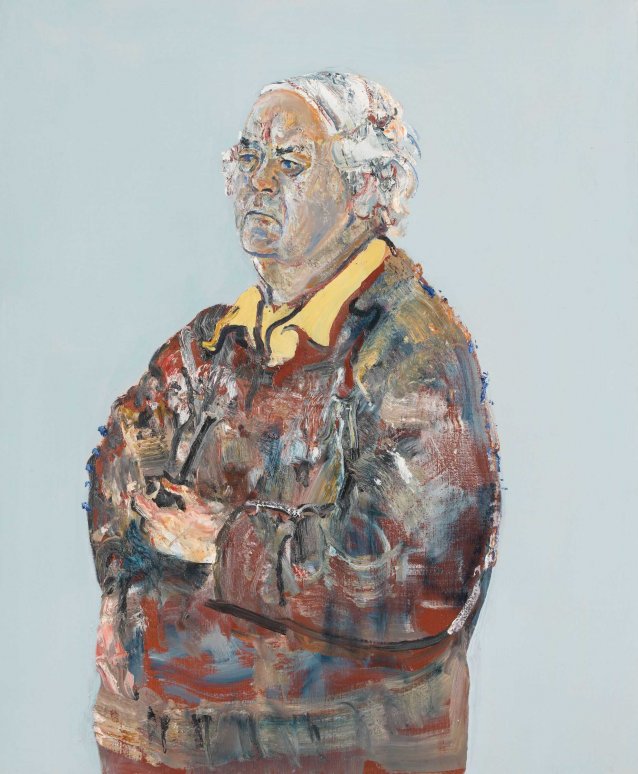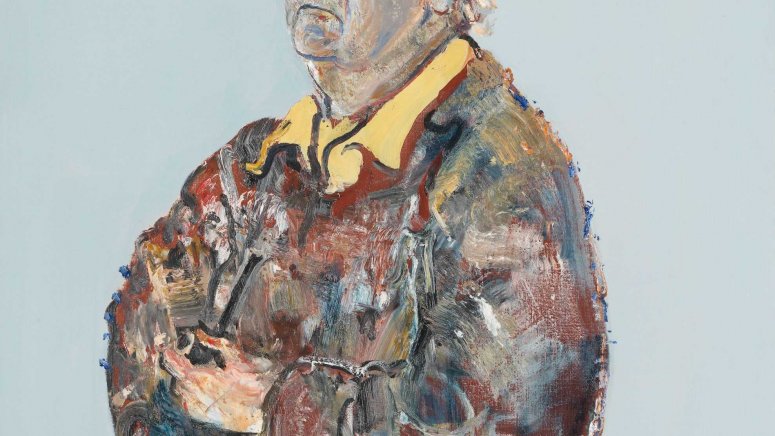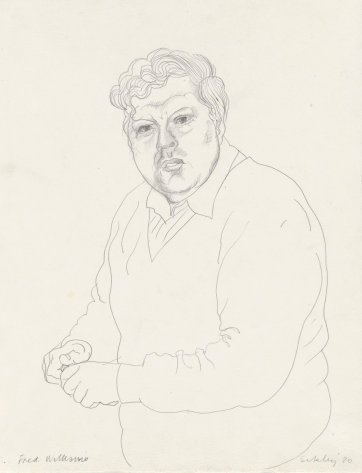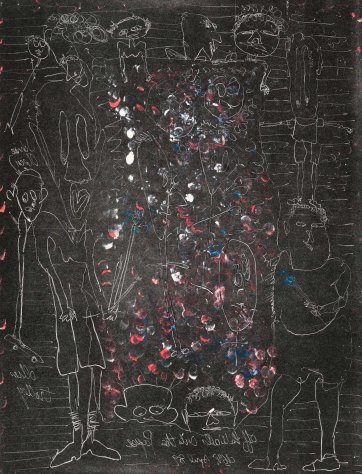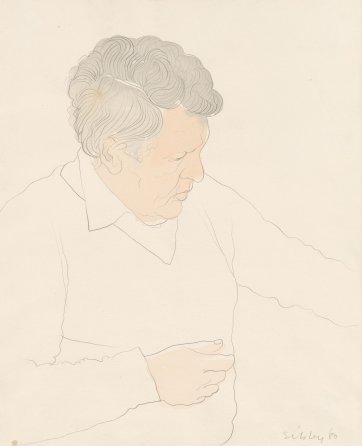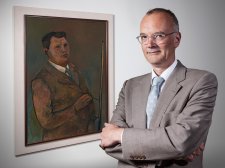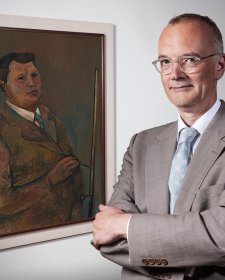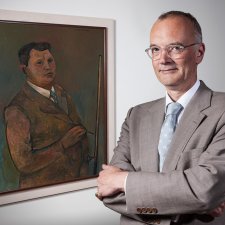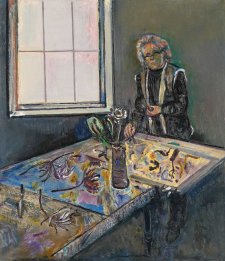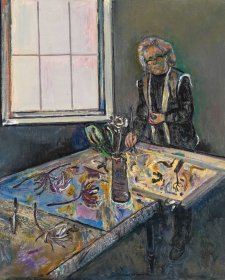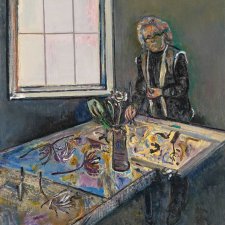Stephen Murray-Smith (1922–1988), writer and editor, was educated at Geelong Grammar and the University of Melbourne before serving in New Guinea during World War II. After the war he lived in London and worked for Telepress news agency in Prague for several years; one of his first publications on his return to Melbourne was There’s No Iron Curtain!: An Australian Journalist in Eastern Europe (1952). A member of the Communist Party of Australia for thirteen years, he was a co-founder, with comrades Frank Hardy and Eric Lambert, of the Melbourne Realist Writers’ Association. In 1954, the year he wrote an essay on Indo-China for the Australian Peace Council, he and Eric Lambert co-founded the magazine Overland, its motto ‘Temper Democratic, Bias Australian’. Distanced from the Party after 1956, it was not long before the magazine proved to have ‘failed to attract quality writing from traditional workers’, and developed the mix of fiction and poetry, reportage, analysis and review that appealed to its university-educated, left-wing readers. From 1973 Murray-Smith edited Melbourne Studies in Education. While writing Mission to the Islands: The missionary voyages of Canon Marcus Brownrigg 1872–1885 (1979) he campaigned for the preservation of the chapel built for Aboriginal deportees to Wybalenna, Flinders Island. His books included Henry Lawson (1962), Indirections: A literary autobiography (1981), Right Words: a guide to English usage in Australia (1987) and Sitting on penguins: people and politics in Australian Antarctica (1988), the latter with artwork by Jan Senbergs. He left an enormous archive, which would serve, he said, to ‘document exactly what it was like to be an academic in Melbourne in the later part of the twentieth century’.
Fred Williams travelled to Erith Island in March 1974 with artist Clifton Pugh, Stephen Murray-Smith and Ian Turner, a historian, who wrote an account of the visit for Overland. Williams painted powerful gouaches there, and Murray-Smith later published his diary of their trip, Many Moods and Many Voices.
Collection: National Portrait Gallery
Gift of Lyn Williams AM 2011
Donated through the Australian Government's Cultural Gifts Program
© Fred Williams
The National Portrait Gallery respects the artistic and intellectual property rights of others. Works of art from the collection are reproduced as per the
Australian Copyright Act 1968 (Cth). The use of images of works from the collection may be restricted under the Act. Requests for a reproduction of a work of art can be made through a
Reproduction request. For further information please contact
NPG Copyright.
